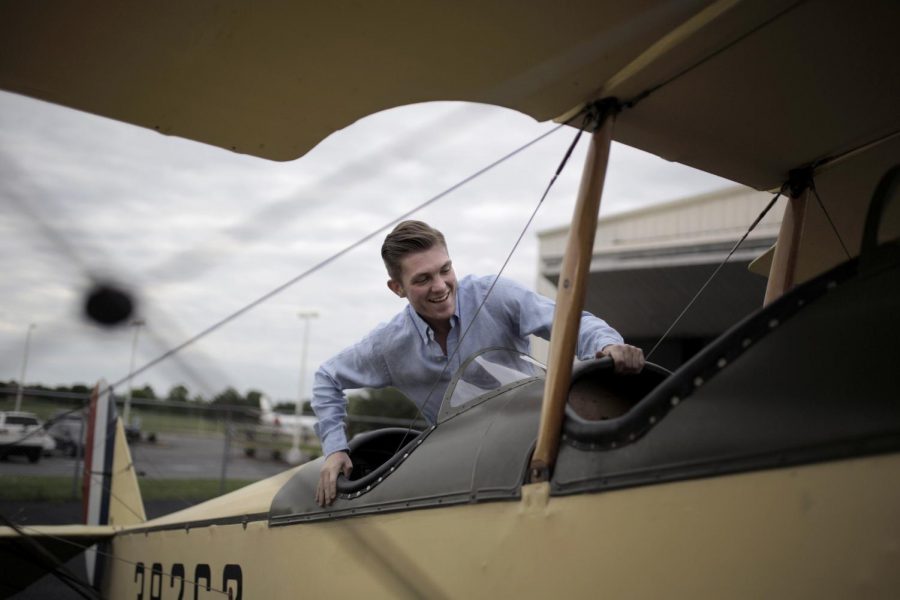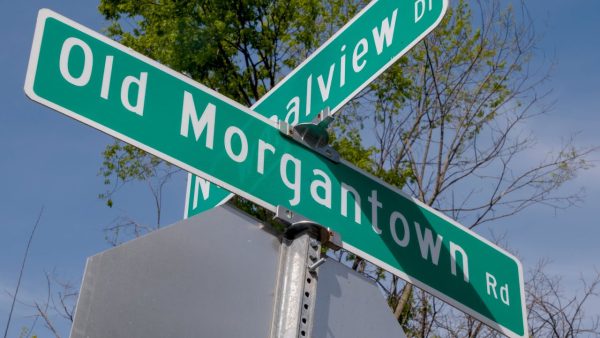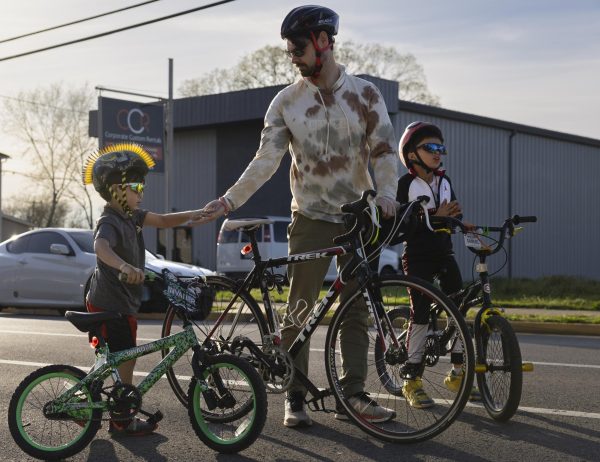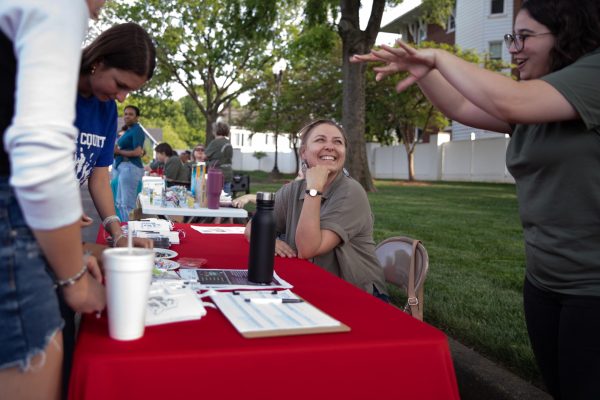Advertising students work to restore military plane
May 5, 2016
Flying High
WKU advertising students joined a local nonprofit organization this semester to bring the last remaining military De Havilland 4 airframe in the United States back to life.
The students have been working with Kelley Coppinger, professional in residence in the School of Journalism and Broadcasting, in a user experience design course to build a social media marketing campaign to raise funds needed to complete the restoration project.
Dorian Walker, a filmmaker based out of Bowling Green, began the restoration process of a Curtiss JN-4 “Jenny” biplane in June 2012. The nonprofit organization Friends of Jenny formed to rebuild the 1917 aircraft.
The Jenny was the first mass-produced World War I flight trainer and carried the first regularly scheduled airmail, according to FOJ’s website. The organization’s crew, comprised completely of volunteers, worked together to restore the plane and make it safe for travel.
“It brings back a part of our history that will be lost if we’re not careful,” FOJ board and crew member Myron Callaham said.
Callaham has been a recreational pilot for about 26 years, which sparked his interest in the FOJ project. He said the shared love of aviation is what brought the crew together in their work on the Jenny’s restoration.
Coppinger, who has worked with Walker on past projects, took the opportunity to work with him again after he shared his plans to restore a second World War I aircraft: the DH-4, otherwise known as “The Liberty Plane.” The De Havilland was the first American-made plane created solely with the purpose of being used as a fighter plane.
The students’ social media marketing campaign has been leading up to a Kickstarter campaign set to launch this week.
Coppinger said there are two set fundraising goals for the Kickstarter. The initial $45,000 goal will pay for the acquisition of the DH-4 airframe and instrument panel, allowing the pieces to be moved to Bowling Green for reconstruction. The second goal is $250,000, which will cover the costs to build the plane after transport.
Coppinger said one of the challenges of the project was making it relevant to the students, so she decided to engage them through research.
“We discovered that the pilots were the original adrenaline junkies,” Coppinger said. Through their research, Coppinger said, the class learned about risks faced by World War I aircraft pilots. In addition to dealing with structural instabilities of aircraft, pilots had to fly in open cockpits without oxygen systems or parachutes.
“The War Department didn’t issue them parachutes because they’d rather land the plane safely,” Coppinger explained. “To them, the pilots were expendable; planes weren’t.”
Senior Colin Perschbacher of Franklin, Tennessee, said understanding the plane’s history was vital to having a successful project.
“It’s really important to think about your audience because you want to make sure you’re speaking their language,” Perschbacher said. “We had to do a lot of research.”
Perschbacher said one of his roles in the project was communicating with Walker and learning about the plane. He said the team incorporated research about the plane’s history and craftsmanship into the campaign design.
Learning to appreciate the plane and its history was an important part of the process, Perschbacher said.
“Appreciating what you’re doing will always make a project 10 times better,” Perschbacher added.
Callaham and FOJ board and crew member Gary Wickliff met the students working on the project Tuesday afternoon at the hangar where the Jenny was built.
Callaham and Wickliff told the students about the Jenny’s restoration process and showed them the plane’s different features, including a box behind the cockpit where a homing pigeon was kept during flights.
Lexington junior Nikki Gross said seeing the Jenny in person helped put the DH-4 project into perspective.
“How we were going to target [the campaign] was an issue that came up,” Gross said. Although the campaign is targeted towards people with a special interest in history, Gross said they found people from both young and old generations who had an interest in the project.
“It’s a cool balancing act of using new mediums to revive history,” Henderson senior Matthew Blanchette said.
Blanchette used footage from “Rise of Flight,” a World War I combat flight simulation video game, to create animated bumper videos to be used in the Kickstarter promotion.
“We want to to get the thrill of aviation and flying out of video games and back into the real world,” Blanchette said, “to bring the community together in remembrance of our history.”

























